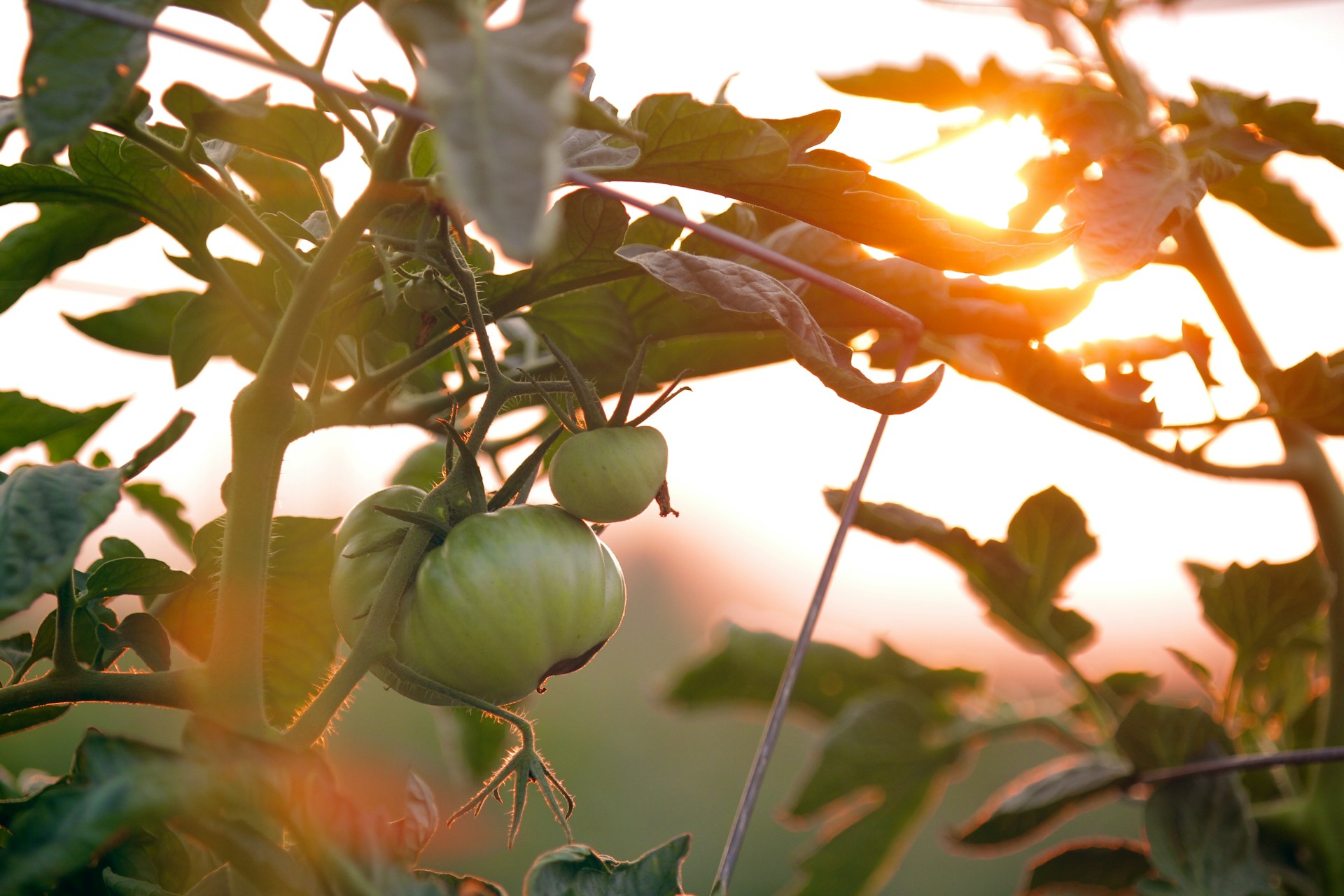
Eating with the seasons is a concept that has been embraced by cultures worldwide for centuries. This practice involves consuming foods that are naturally available during specific times of the year, aligning our diets with the natural rhythms of the earth.
Seasonal eating not only offers numerous health benefits but also supports local agriculture, promotes environmental sustainability, and enhances the culinary experience. In this article, we will explore the importance of seasonal eating, how to incorporate it into your lifestyle, and the myriad benefits it offers.
The Importance of Seasonal Eating
Seasonal eating is important for several reasons, encompassing health, environmental, and economic aspects.
1. Nutritional Benefits: Fruits and vegetables harvested in their natural season are often at their peak in terms of flavor and nutrition. For example, tomatoes harvested in the summer are richer in vitamins and antioxidants compared to those grown in greenhouses during the off-season. Seasonal produce tends to be fresher, having spent less time in storage and transportation, which helps retain its nutritional value.
2. Environmental Impact: Eating seasonally reduces the carbon footprint associated with food production. Off-season produce often requires artificial heating, lighting, and extensive transportation, all of which contribute to greenhouse gas emissions. By consuming foods that are in season locally, you can help minimize these environmental impacts.
3. Economic Support: Purchasing seasonal produce supports local farmers and economies. Farmers markets and local food co-ops thrive on the sale of seasonal items, ensuring that money spent on groceries goes directly to the community. This economic model fosters a more sustainable and resilient local food system.
4. Culinary Enjoyment: Seasonal eating encourages a varied diet and introduces you to a range of flavors and textures throughout the year. Each season brings its own unique produce, inspiring creativity in the kitchen and making meals more enjoyable and exciting.
Understanding Seasonal Foods
To embrace seasonal eating, it’s essential to understand what foods are in season during different times of the year.

Here’s a general guide to help you align your diet with nature’s rhythms:
Spring: As the weather warms up, the first fresh greens and early vegetables make their appearance. Look for asparagus, peas, radishes, spinach, strawberries, and rhubarb. These foods are often light and refreshing, perfect for salads and light dishes that reflect the rejuvenation of spring.
Summer: The abundance of summer provides a vibrant array of fruits and vegetables. Berries, tomatoes, cucumbers, zucchini, corn, peaches, and watermelon are at their best. Summer produce is ideal for barbecues, salads, and refreshing snacks.
Fall: As temperatures cool, heartier vegetables and fruits come into season. Apples, pumpkins, sweet potatoes, squash, pears, and Brussels sprouts are plentiful. These foods are perfect for comforting soups, stews, and baked goods that warm you up as the weather cools down.
Winter: Winter may seem sparse, but it offers a variety of robust and nutrient-dense foods. Citrus fruits like oranges and grapefruits, root vegetables such as carrots and beets, and cruciferous vegetables like cabbage and kale are in season. These foods are ideal for hearty, warming meals that provide the necessary nutrients during the colder months.
How to Incorporate Seasonal Eating into Your Life
1. Visit Farmers Markets: Farmers markets are excellent places to find fresh, seasonal produce. Local farmers sell what’s currently in season, giving you access to the freshest and most flavorful options. Additionally, interacting with farmers can provide valuable insights into seasonal eating and local food production.
2. Join a Community Supported Agriculture (CSA) Program: CSA programs allow you to subscribe to a local farm and receive a weekly or bi-weekly box of seasonal produce. This is a convenient way to ensure you always have fresh, in-season vegetables and fruits at home. CSAs also support local agriculture and foster a sense of community.
3. Plan Your Meals Around Seasonal Produce: When planning your meals, prioritize seasonal fruits and vegetables. Look for recipes that highlight these ingredients, and experiment with new dishes that incorporate them. Seasonal eating can be a fun and creative culinary journey.
4. Preserve Seasonal Foods: If you find yourself with an abundance of seasonal produce, consider preserving it through canning, freezing, or drying. This allows you to enjoy the flavors and nutritional benefits of seasonal foods even when they are out of season.
5. Educate Yourself: Familiarize yourself with the seasonal produce in your region. Many resources, including books, websites, and local agricultural extensions, offer guides to seasonal eating. Knowing what to look for each season will make it easier to shop and cook seasonally.
The Health Benefits of Seasonal Eating
Eating with the seasons can significantly enhance your overall health and well-being.
1. Nutrient Density: Seasonal foods are often more nutrient-dense. For instance, winter vegetables like kale and Brussels sprouts are packed with vitamins A and C, crucial for maintaining immunity during the colder months. Similarly, summer fruits like berries are rich in antioxidants, which help combat oxidative stress from increased sun exposure.
2. Improved Digestion: Seasonal eating aligns with the body’s natural digestive processes. In the summer, lighter foods such as cucumbers and melons help cool the body and maintain hydration. In contrast, winter’s root vegetables and hearty greens provide the warmth and energy needed during colder months.
3. Allergy Reduction: Some studies suggest that eating locally and seasonally can help reduce food allergies and sensitivities. Consuming local honey, for example, may help acclimate your body to regional pollen, potentially reducing seasonal allergies.
4. Enhanced Immune Function: The variety of nutrients obtained from seasonal foods supports a robust immune system. Seasonal eating ensures a balanced intake of vitamins, minerals, and antioxidants, which are essential for maintaining health and preventing illness.
Environmental and Economic Benefits
1. Reduced Carbon Footprint: By choosing seasonal and locally sourced foods, you reduce the demand for out-of-season produce that requires extensive transportation and artificial growing conditions. This reduction in food miles decreases greenhouse gas emissions, contributing to a healthier planet.
2. Support for Local Farmers: Seasonal eating boosts local economies by supporting farmers and small businesses. When you buy directly from farmers, more of your money stays within the community, fostering economic resilience and sustainability.
3. Biodiversity Conservation: Supporting local and seasonal agriculture promotes biodiversity. Diverse crops are more resilient to pests and diseases, reducing the need for chemical pesticides and fertilizers. This approach helps maintain healthy ecosystems and promotes sustainable farming practices.
4. Waste Reduction: Seasonal foods often have shorter supply chains, which means they are fresher and have a longer shelf life once purchased. This reduces food waste, as fresh produce is less likely to spoil quickly. Additionally, seasonal eating encourages using the whole plant, from roots to leaves, minimizing waste.
Enhancing the Culinary Experience
Seasonal eating can transform your culinary experience, making meals more enjoyable and exciting.

1. Flavorful Ingredients: Seasonal produce is harvested at its peak ripeness, offering superior flavor compared to off-season alternatives. The natural sweetness of a summer tomato or the crispness of a fall apple enhances the taste of your dishes, making meals more satisfying.
2. Culinary Creativity: Each season brings a new palette of ingredients, encouraging creativity in the kitchen. Experimenting with seasonal produce can lead to discovering new favorite recipes and cooking techniques. Seasonal eating also connects you to traditional culinary practices that have evolved around seasonal harvests.
3. Connection to Nature: Eating seasonally fosters a deeper connection to the natural world. It aligns your diet with the rhythms of nature, creating a sense of harmony and mindfulness. This connection can enhance your appreciation for the food you eat and the natural processes that bring it to your table.
4. Community and Culture: Seasonal eating often involves participating in local food traditions and community events. Farmers markets, harvest festivals, and food co-ops offer opportunities to connect with others who share a commitment to local and seasonal eating. These experiences can enrich your cultural and social life, making food more than just sustenance.
Practical Tips for Seasonal Eating
1. Start Small: If you’re new to seasonal eating, start by incorporating a few seasonal ingredients into your meals each week. Gradually increase your reliance on seasonal produce as you become more familiar with what’s available.
2. Plan Ahead: Plan your meals and shopping lists based on what’s in season. Use seasonal food guides and resources to help you identify the best produce for each time of year.
3. Cook in Batches: Prepare large batches of seasonal dishes and store portions in the freezer. This ensures you have healthy, seasonal meals ready to go, even on busy days.
4. Join Food Communities: Engage with local food communities through farmers markets, CSAs, and food co-ops. These communities can provide support, resources, and inspiration for seasonal eating.
5. Stay Flexible: Seasonal eating doesn’t have to be rigid. If you crave a favorite food that’s out of season, it’s okay to indulge occasionally. The goal is to make seasonal eating a sustainable and enjoyable part of your lifestyle.
Conclusion
Seasonal eating aligns your diet with nature’s rhythms, offering numerous health, environmental, and economic benefits. By consuming foods that are naturally available during specific times of the year, you can enjoy fresher, more nutritious meals, support local farmers, and reduce your environmental impact. Embracing seasonal eating can also enhance your culinary experience, fostering creativity and a deeper connection to the natural world. Whether you are a seasoned foodie or just beginning your journey, incorporating seasonal foods into your diet is a rewarding and sustainable choice.
